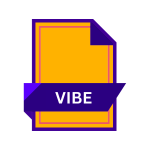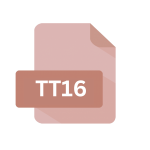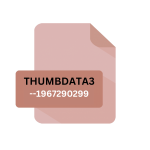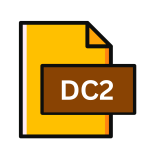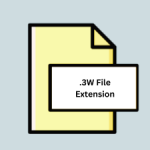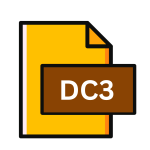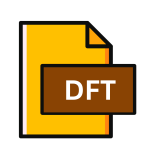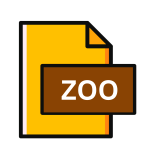.XSTAGE File Extension
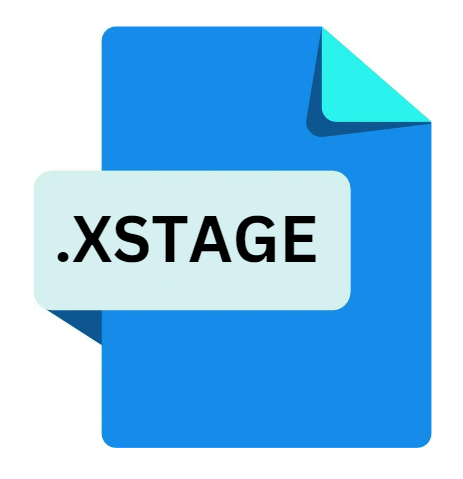
Harmony Scene
| Developer | Toon Boom |
| Popularity | |
| Category | Data Files |
| Format | .XSTAGE |
| Cross Platform | Update Soon |
What is an XSTAGE file?
.XSTAGE files encapsulate the essence of Harmony, a renowned software suite tailored for animation production.
They serve as repositories for complex scenes comprising diverse elements such as characters, backgrounds, effects, and timelines.
These files act as blueprints for animators, providing a comprehensive canvas to orchestrate dynamic storytelling through motion graphics.
More Information.
Toon Boom Harmony debuted in the early 2000s, conceived as a successor to the acclaimed Toon Boom Studio.
It revolutionized the animation landscape by amalgamating traditional hand-drawn techniques with cutting-edge digital technologies.
.XSTAGE files emerged as a core component of Harmony’s architecture, designed to encapsulate the entirety of a project’s assets and configurations within a single, cohesive container.
Initially, .XSTAGE files were tailored for internal use within the Toon Boom ecosystem, facilitating seamless collaboration and project management among animators, directors, and producers.
Over time, as Harmony gained widespread adoption across the animation industry, .XSTAGE files evolved into standard formats for exchanging, archiving, and revising animation projects.
Origin Of This File.
The genesis of .XSTAGE files can be traced back to the development of Toon Boom Harmony, a pioneering software suite engineered by Toon Boom Animation Inc.
Since its inception, Harmony has emerged as a linchpin in the animation industry, empowering artists with tools to streamline the creation of intricate animations across various genres, from feature films to television series and web content.
File Structure Technical Specification.
.XSTAGE file is a structured archive encompassing a multitude of data types and resources essential for reconstructing a Harmony scene. The file structure typically comprises:
- Scene Configuration: Metadata defining project settings, resolution, frame rate, and other scene-specific parameters.
- Element Assets: References to various assets such as characters, backgrounds, props, and effects utilized within the scene.
- Timeline Information: Hierarchical representation of animation timelines, including keyframes, tweening, and motion paths.
- Scripting & Interactivity: Integration of scripting languages (e.g., JavaScript) for implementing interactivity and custom behaviors within the scene.
- Render Settings: Specifications for rendering the final output, encompassing image formats, compression methods, and output resolutions.
Underneath this encapsulating structure lie intricate data representations, often stored in proprietary formats optimized for efficiency and interoperability within the Harmony ecosystem.
How to Convert the File?
Converting .XSTAGE files to alternative formats or platforms often necessitate specialized tools or intermediate file formats.
While direct conversion methods may be limited due to the proprietary nature of .XSTAGE files, several approaches can facilitate interoperability:
- Export to Common Formats: Toon Boom Harmony provides options to export animation sequences to widely supported formats such as MP4, MOV, or GIF, enabling compatibility with external software or platforms.
- Interchange Formats: Utilize intermediate interchange formats such as FBX (Filmbox) or Alembic to transfer animation data between Harmony and other 3D animation software packages.
- Scripting and Automation: Leverage scripting capabilities within Harmony to automate conversion tasks and export scene data in custom formats compatible with target applications.
Careful consideration of project requirements and compatibility constraints is crucial when selecting the appropriate conversion method for .XSTAGE files.
Advantages And Disadvantages.
Advantages:
- Comprehensive Scene Management: .XSTAGE files consolidate all project assets and configurations into a single container, simplifying project organization and version control.
- Collaborative Workflow: Facilitates seamless collaboration among team members by enabling the exchange of scene files containing all necessary resources and data.
- Efficient Asset Management: Centralizes asset referencing, allowing for easy manipulation and reuse of elements across multiple scenes.
- Preservation of Project Integrity: Ensures the integrity and consistency of animation projects by encapsulating all dependencies within the .XSTAGE file.
Disadvantages:
- Compatibility Constraints: Limited compatibility with third-party software platforms may pose challenges when integrating Harmony scenes with other animation pipelines.
- File Size and Performance: Complex scenes encompassing a multitude of assets may result in large file sizes and performance overhead during scene loading and manipulation.
- Proprietary Format: .XSTAGE files utilize proprietary data formats, potentially hindering interoperability and data portability across disparate software environments.
How to Open XSTAGE?
Open In Windows
- Launch Toon Boom Harmony on a Windows system, navigate to the File menu, and select “Open” or “Import” to load the .XSTAGE file.
Open In Linux
- Toon Boom Harmony also supports Linux distributions, allowing users to open .XSTAGE files on compatible systems following the same procedure.
Open In MAC
- Similarly, on macOS, open Toon Boom Harmony, access the File menu, and choose “Open” or “Import” to import the .XSTAGE file.

